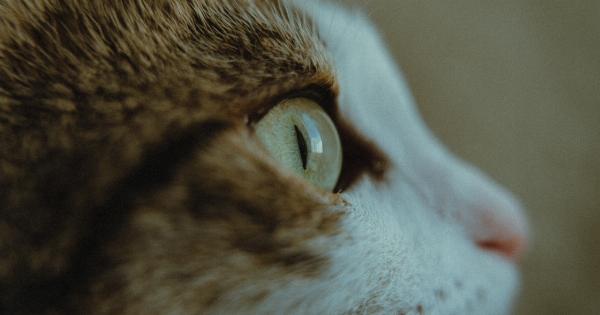One of the most common misconceptions about lice is that they only infest people who are unclean or do not maintain proper hygiene. However, this is far from the truth. Lice can affect anyone regardless of their cleanliness or socio-economic status.
Lice infestations are caused by close head-to-head contact with an infested individual or by sharing personal items such as combs, hats, or headphones.
Myth 2: Lice can jump or fly from one person to another
Contrary to popular belief, lice do not have the ability to jump or fly. They crawl and can only transfer from one person to another through direct head-to-head contact or by sharing personal items.
Lice need human blood to survive, and they can only live for a short period off the scalp.
Myth 3: Lice infestations are more prevalent in schools
While it is true that lice infestations can occur in schools, they are not limited to educational institutions. Lice can infest anyone regardless of their age or where they spend their time.
Lice infestations are actually more common among young children because they often engage in activities that involve close physical contact, such as playing together or hugging.
Myth 4: Lice can be transmitted from pets to humans
Many people believe that lice can be transmitted from pets, such as dogs or cats, to humans. However, this belief is unfounded.
Lice are species-specific, meaning that human lice can only infest humans, and animal lice can only infest their respective hosts. If you are concerned about lice infestations in your home, it is essential to focus on human sources of infestation rather than blaming your pets.
Myth 5: Over-the-counter lice treatments are always effective
Over-the-counter (OTC) lice treatments, such as shampoos and sprays, are readily available and widely used to combat lice infestations. However, it is important to note that not all OTC treatments are equally effective.
Lice have developed resistance to certain chemicals used in some OTC treatments, making them less efficient. It is advisable to consult a healthcare professional for proper diagnosis and guidance when dealing with a lice infestation to ensure effective treatment.
Conclusion
It is crucial to separate fact from fiction when it comes to lice infestations. Understanding the truth about lice can help debunk common myths and misconceptions, leading to better prevention and control strategies.
Remember, lice do not discriminate based on cleanliness, cannot jump or fly, can infest anyone regardless of their age or location, are not transmitted by pets, and not all over-the-counter treatments are effective. By debunking these myths, we can empower ourselves with accurate knowledge and take the necessary steps to prevent and treat lice infestations effectively.





























